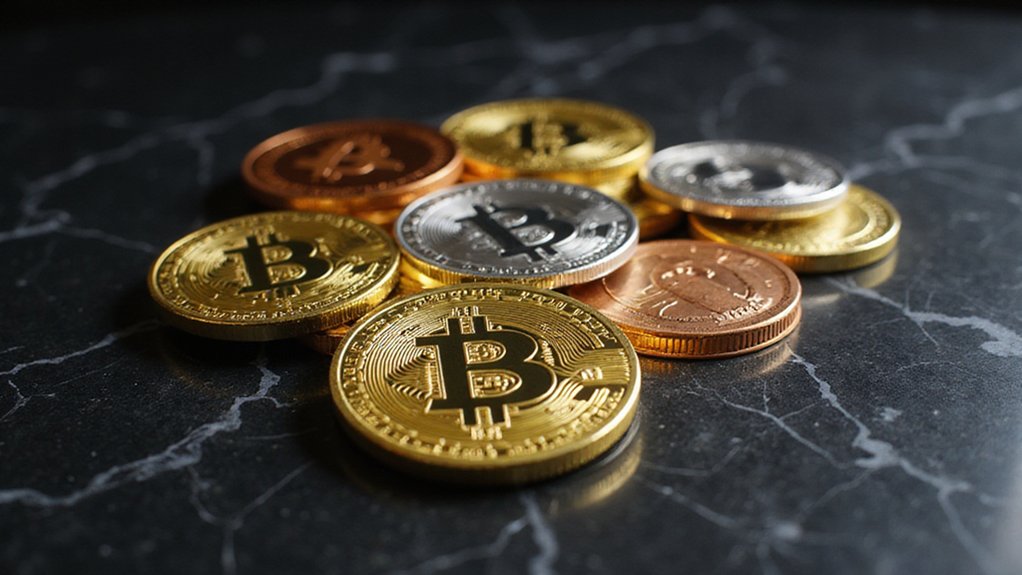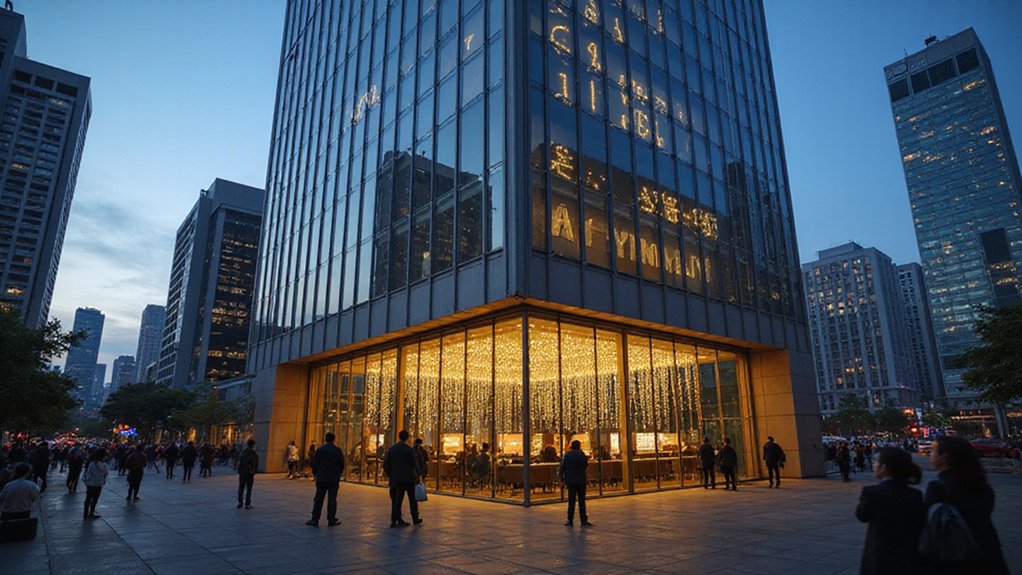While Bitcoin continues its methodical ascent toward six-figure territory—currently commanding 62% of the total cryptocurrency market capitalization—a familiar pattern is emerging that seasoned crypto observers have witnessed before: the subtle but unmistakable signs of an impending altcoin rotation.
The Altcoin Season Index, that reliable barometer of market sentiment hovering near 50 in mid-2025, suggests we’re witnessing the early stirrings of Phase 2 in the crypto market cycle. History, with its curious tendency to rhyme rather than repeat, shows us that Bitcoin’s dominance typically precedes the inevitable capital migration toward alternative cryptocurrencies—a phenomenon observed with remarkable consistency in 2017, 2020, and 2023.
Current performance metrics already hint at this emerging narrative. Hyperliquid, a layer-1 blockchain with its tantalizingly capped one billion token supply, has surged 82.76% year-to-date, reaching a $14.7 billion market capitalization. Meanwhile, Monero’s privacy-focused architecture has delivered a respectable 64.66% gain, while XRP, TRON, and Bitcoin Cash have each posted returns exceeding 30%—figures that would make traditional equity investors weep with envy.
Alternative cryptocurrencies are already outpacing traditional markets, with select tokens delivering double-digit gains that dwarf conventional investment returns.
The technological underpinnings supporting this rotation are compelling. The widespread adoption of proof-of-stake mechanisms has addressed energy consumption concerns while enhancing scalability, while layer-2 solutions continue solving the blockchain trilemma with increasing sophistication. Growing interest in AI-themed projects continues to fuel market enthusiasm and drive speculation in emerging altcoin trends.
Ethereum’s modest 13.5% gains mask its fundamental dominance in smart contract adoption, positioning it perfectly for the next phase of institutional capital allocation. Altcoins continue to serve as crucial testing grounds for blockchain innovation, introducing new features and improvements that often influence the broader cryptocurrency ecosystem.
Bitcoin’s forecasted range of $80,000 to $151,000 (with stretched targets approaching $185,000) represents the classic setup for profit rotation. The decentralized nature of DeFi platforms enables peer-to-peer transactions without traditional intermediaries, offering users lower fees and unrestricted access to financial services. As institutional and retail investors inevitably seek higher-beta exposure following Bitcoin’s more conservative gains, altcoins with specialized utilities—from decentralized finance protocols to privacy-enhanced transactions—become increasingly attractive.
The pattern remains remarkably consistent: Bitcoin strength precedes altcoin rallies. Those positioned in technologically differentiated alternatives may find themselves benefiting from what appears to be crypto’s most predictable cycle—the systematic migration of capital from digital gold to the broader ecosystem of blockchain innovation, where specialized solutions often deliver the outsized returns that fuel market enthusiasm.








